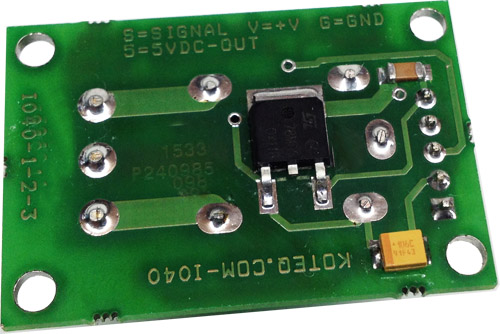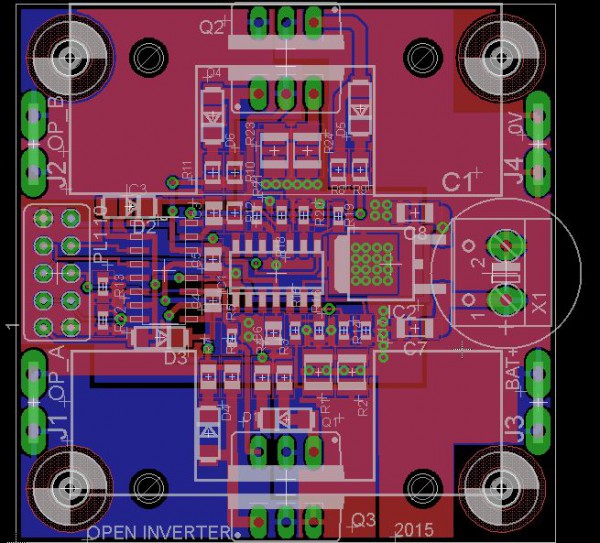by Graham Prophet @ edn-europe.com:
With its latest micro-mirror-based light-steering chip, Texas Instruments says, applications developers can innovate with more than 4 million micromirrors to enable high throughput digital imaging applications.
Presented as its highest speed and resolution chipset for 3D printing and lithography applications, TI’s DLP9000X digital micromirror device (DMD) and the DLPC910 controller, offers developers more than five times the speed at continuous streaming compared to the existing DLP9000 chipset.
The DLP9000X DMD delivers the highest streaming pixel speed in the TI DLP Products portfolio at over 60 gigabits per second.
Example application areas for the DLP9000X include 3D printing, direct imaging lithography, laser marking, LCD/OLED repair and computer-to-plate printers, as well as 3D machine vision and hyperspectral imaging.
Fastest, highest-resolution DLP chipset for 3D print/lithography – [Link]





















